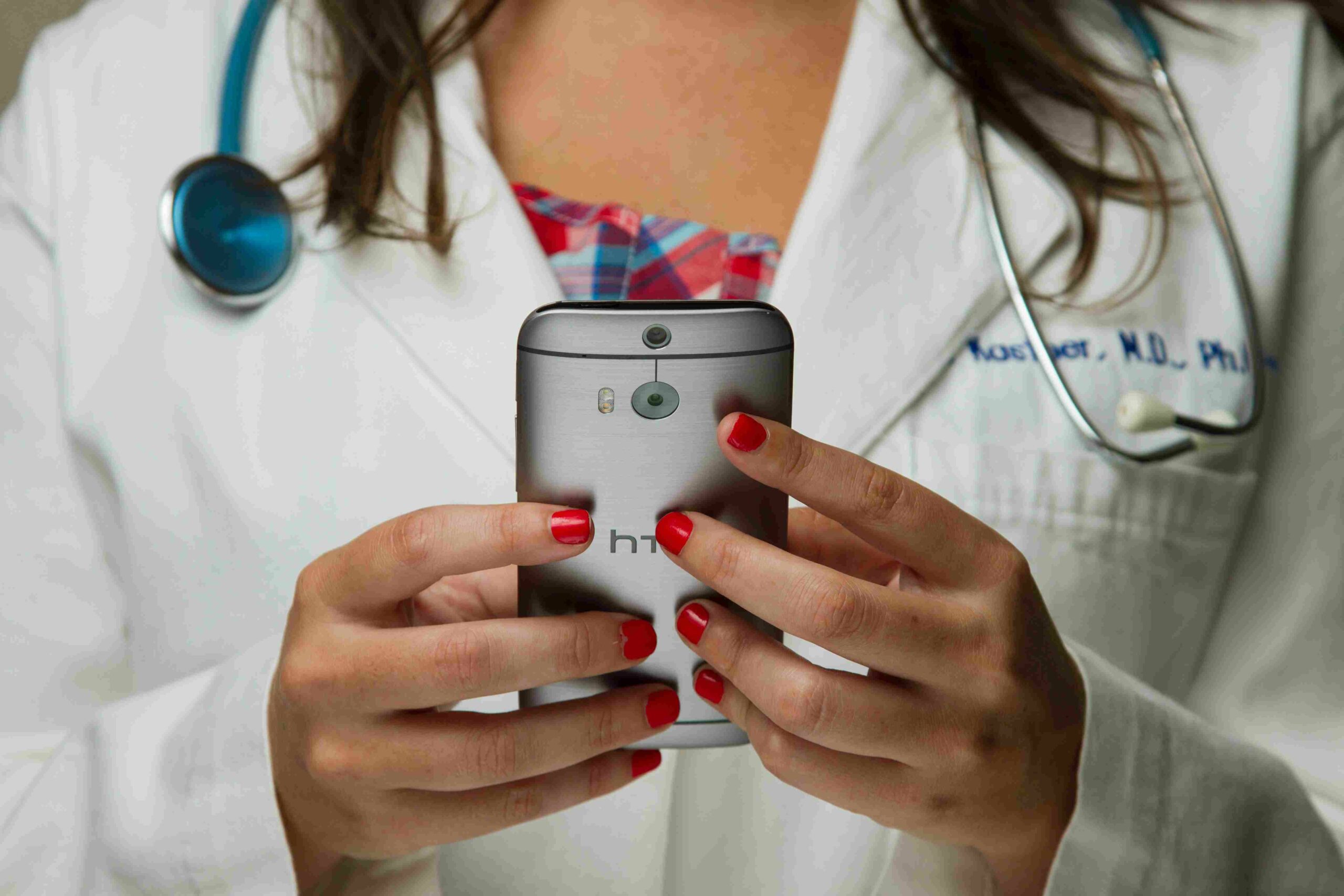

It can be troublesome to distinguish between remote patient monitoring and telehealth. Both these terms are often considered interchangeable across the healthcare industry, even by medical experts. However, telehealth and remote patient monitoring differ from each other in terms of administering healthcare services with the use of advanced technologies.
Simply put, remote patient monitoring falls within the domain of telehealth. While remote patient monitoring can be considered a subset of telehealth, the same doesn’t hold true in all scenarios.
Remote Patient Monitoring or RPM is a process of healthcare delivery using modern advancements from information technology. The process is used to accumulate patient information outside conventional healthcare settings.
The COO of Care Innovations, Marcus Grindstaff, talks of remote patient monitoring in a video. He explains that it is an attempt to carry healthcare practices out of the traditional clinic set up to be taken to houses and places where people live, work, and play in their daily lives. The concept is to use advanced technologies to bridge the gap between traditional physical spaces along with their healthcare settings and where people reside.
Holding a strong resemblance with the widely used smartphones and tablets around the world – remote patient monitoring is making its own way to the forefront. The Health Wealth Safe RPM platform efficiently leverages technology in a manner that makes it simple for patients to manage their health, remotely.
This cushion of comfort increases the engagement levels among patients. They are incentivized to manage their health conditions in a better fashion. Even better, physicians are also equipped to monitor their patients’ health conditions with continued streaming of data and better technical facilities.
From the year 2013, CMS has focused on broadening government clinical thought repayment for associations outfitted to patients outside the game-plan of a clinic or hospital.
Starting in CY 2020, CMS has begun paying physicians for remote thought (RPM and CCM) for patients – any person who has a state of a solitary high-hazard prosperity-related crisis. It can move in the degree of diabetes or hypertension. This has been to counter the proposition of getting remunerated uniquely for various consistent conditions.






In simple terms, remote patient monitoring refers to the use of particular technologies to ease the process of interaction between physicians and patients remotely. While, telehealth is a much broader term referring to the complete industry, technologies, and methodologies that facilitate this type of healthcare.
Hence, RPM can be a specific telehealth delivery system. And, telehealth, in turn, can refer to remote patient monitoring as well as several other things at the same time.
According to Julie Cherry, the CCO for Care Innovations, telehealth technology may refer to a telephone, a videoconferencing capability, or even an IVR system. She states that telehealth combines all sorts of technology, but it’s the idea behind using these forms of tech to accumulate data and exchange information.
Download this free eBook to learn how remote patient monitoring will help both your patients and your practice
Both remote patient monitoring and telehealth administrations include the utilization of innovation to give healthcare administrations a good way off. CMS sets exceptionally severe repayment rules for telehealth administrations.
Notwithstanding, CMS doesn’t think about RPM as a telehealth administration. This considers a more adaptable repayment convention for RPM administrations.
There are some specific parameters like medicare reimbursement and a couple of others that help distinguish telehealth and remote patient monitoring.
Let’s take a look.
RPM is a computerized health arrangement that catches and records patient physiological information outside of a customary health setting. It gives perceivability into patients’ lives outside of their booked arrangements, permitting suppliers admittance to survey and deal with the infection state remotely.
An RPM Program is an extra assistance region for training that objectives explicit, restoratively essential patients, in light of the supplier’s determination, considered to require computerized monitoring and the executives. Basically, RPM can be viewed as a visit that happens throughout one month’s time in total, and as far as income cycle the board, it is billable over the scheduled month.
We view Telehealth as the skeleton with regards to virtual consideration administrations. It sets the establishment for the place of virtual consideration. Notwithstanding, when offering a Telehealth program alone, patients may plan conceivably superfluous visits, which may bring about wasteful utilization of the staff’s time in a given supplier’s office.
By coupling a Telehealth program with RPM, remote consideration becomes information-driven, empowering higher-hazard patients to be focused on by need. Also, episodically speaking, 80% of the ideal opportunity for a Telehealth visit has been discovered to be spent gathering vitals that can be all the more effectively gathered by using RPM.
Generally, when combined together, RPM gives the insight to an information-driven way to deal with Telehealth to guarantee the right patient gets the perfect consideration at the perfect time, while likewise upgrading practice development with extra repayment streams.
A Medicaid asset states, “Telehealth incorporates such advancements as phones, copy machines, electronic mail frameworks, and remote patient monitoring devices, which are utilized to gather and communicate patient information for monitoring and translation. While they don’t meet the Medicaid meaning of telemedicine, they are regularly thought to be under the wide umbrella of telehealth administrations.”
We recognize the terms by stating, “RPM is the utilization of a device for collaboration among suppliers and patients outside of the supplier’s association. Telehealth is the utilization of electronic data and broadcast communications advancements to help significant distance clinical consideration, patient and expert health-related schooling, general health, and health organization.”
Remote Patient Monitoring is characterized as utilizing innovation to give care to patients a good way off. Dissimilar to the considerably more explicit field of Telemedicine, RPM isn’t consigned to clinical administrations as it were. Patients requiring non-clinical consideration can likewise profit with the numerous utilizations of Remote Patient Monitoring, and suppliers can utilize these devices to viably work on quality consideration and life for their patients.


Judah Coody is the Marketing Director at Health Wealth Safe. He is a marketing graduate from Louisiana Tech University. Judah is experienced in project management and marketing analytics tools.
View all postsBecome a Partner
Join HWS
Support
Portals